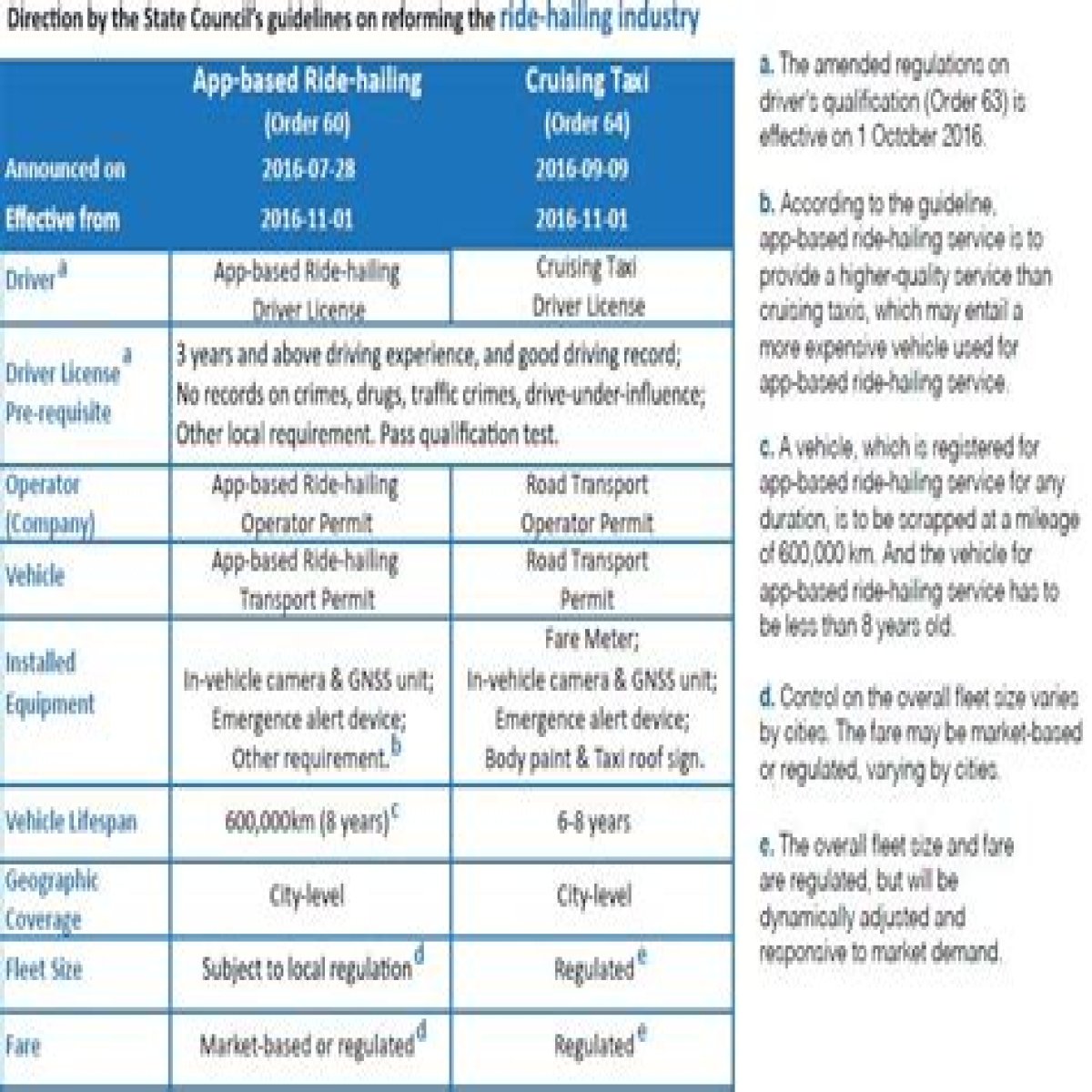Didi Law Enforcement represents a critical aspect of how ride-hailing services operate within the legal frameworks of various countries. As one of the largest ride-hailing platforms globally, Didi has encountered numerous regulatory challenges that have shaped its operations. The evolving landscape of transportation laws, consumer safety, and data privacy has necessitated a robust law enforcement strategy to ensure compliance and protect users.
In this article, we will explore the intricacies of Didi's legal framework, the challenges it faces, and the measures it has implemented to adhere to various regulations. We aim to provide a comprehensive understanding of how Didi navigates the complex legal environment, ensuring both rider and driver safety while maintaining operational efficiency.
Through this examination, we will highlight the importance of law enforcement in the ride-hailing industry and discuss the wider implications for users and stakeholders alike. Join us as we delve into the world of Didi Law Enforcement and its significance in today's digital transportation landscape.
- Table of Contents
- 1. Overview of Didi Chuxing
- 1.1 Key Facts About Didi
- 2. Regulatory Landscape Affecting Didi
- 2.1 Key Regulations Impacting Didi
- 3. Didi's Compliance Strategies
- 3.1 Training and Certification Programs
- 4. Data Privacy and User Protection
- 4.1 Data Protection Initiatives
- 5. Challenges Faced by Didi in Law Enforcement
- 5.1 Public Relations Issues
- 6. Global Perspectives on Ride-Hailing Regulations
- 6.1 Comparative Analysis
- 7. Future of Didi in a Regulated Environment
- 7.1 Strategic Adaptations
- 8. Conclusion and Call to Action
Table of Contents
1. Overview of Didi Chuxing
Didi Chuxing, often referred to simply as Didi, is a prominent ride-hailing platform that was founded in 2012 in China. Over the years, it has expanded its services to include taxi-hailing, private car services, and bike-sharing, among others. Didi operates in over 400 cities and has amassed a user base of more than 550 million registered users. The company's rapid expansion has made it a key player in the global transportation sector.
1.1 Key Facts About Didi
| Data Point | Details |
|---|---|
| Founded | 2012 |
| Headquarters | Beijing, China |
| Number of Users | Over 550 million |
| Number of Cities Operated | More than 400 |
2. Regulatory Landscape Affecting Didi
The regulatory environment for ride-hailing services like Didi is complex and multifaceted. Different countries have varying laws governing transportation services, creating a patchwork of regulations that companies must navigate. In China, the government has implemented strict regulations aimed at ensuring passenger safety and fair competition in the market.
2.1 Key Regulations Impacting Didi
- Licensing Requirements: Didi must obtain local operating licenses to provide services in various cities.
- Insurance Mandates: Regulations require Didi to provide adequate insurance coverage for both drivers and passengers.
- Data Protection Laws: Compliance with data protection regulations is essential to safeguard user information.
3. Didi's Compliance Strategies
To navigate the regulatory landscape, Didi has implemented several compliance strategies aimed at meeting legal requirements while ensuring operational effectiveness. These strategies are designed to foster trust and reliability among users and regulators alike.
3.1 Training and Certification Programs
- Driver Training: Didi provides training programs for drivers to ensure they understand safety protocols and legal requirements.
- Regular Audits: The company conducts regular audits of its operations to ensure compliance with local laws.
4. Data Privacy and User Protection
Data privacy is a significant concern for ride-hailing services, especially in light of increasing regulatory scrutiny. Didi has taken steps to enhance its data protection measures, ensuring user information is handled responsibly.
4.1 Data Protection Initiatives
- Encryption Techniques: Didi employs advanced encryption techniques to protect user data from unauthorized access.
- User Consent: The company ensures that users provide informed consent regarding the collection and use of their data.
5. Challenges Faced by Didi in Law Enforcement
Despite its efforts to comply with regulations, Didi faces several challenges in law enforcement, primarily related to the dynamic nature of transportation laws and public perception.
5.1 Public Relations Issues
- Safety Incidents: High-profile incidents involving Didi drivers have led to public outcry and calls for better safety measures.
- Regulatory Backlash: Tightening regulations in various markets can hinder Didi's operational flexibility.
6. Global Perspectives on Ride-Hailing Regulations
Globally, ride-hailing regulations are evolving, with many countries exploring frameworks to govern these services. Understanding these regulations is crucial for Didi as it seeks to expand its international presence.
6.1 Comparative Analysis
- United States: Regulations vary by state, with some states implementing stringent requirements for ride-hailing services.
- Europe: The European Union is working on comprehensive regulations that could standardize rules across member states.
7. Future of Didi in a Regulated Environment
The future of Didi will undoubtedly be shaped by the regulatory environment in which it operates. As laws continue to evolve, Didi must remain adaptable and proactive in its approach to compliance.
7.1 Strategic Adaptations
- Innovative Solutions: Didi is likely to invest in technology to enhance safety and compliance features in its app.
- Collaboration with Regulators: Building strong relationships with regulatory bodies will be essential for navigating future challenges.
8. Conclusion and Call to Action
In conclusion, Didi Law Enforcement is a vital aspect of the company's operations as it navigates the complex landscape of ride-hailing regulations. By implementing compliance strategies, enhancing data privacy measures, and adapting to evolving regulations, Didi aims to maintain its position as a leader in the industry.
We encourage our readers to share their thoughts on Didi's approach to law enforcement and regulation in the comments section below. If you found this article informative, please consider sharing it with others or exploring more articles on our site to stay updated on the latest developments in the ride-hailing industry.
Thank you for reading, and we look forward to seeing you again soon!
Understanding Chuck Todd's Health Problems: An In-Depth AnalysisUnderstanding The Gypse Rose Crime Scene: A Deep Dive Into The InvestigationMonica Keena: The Journey Of A Talented Actress
